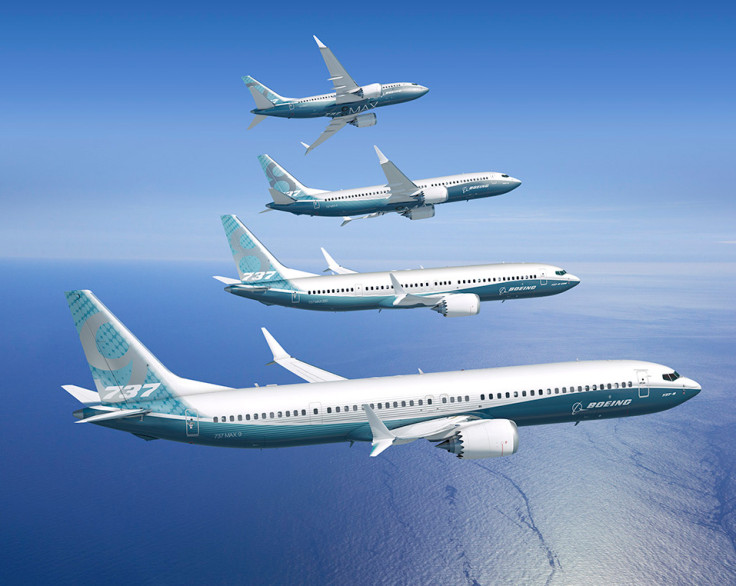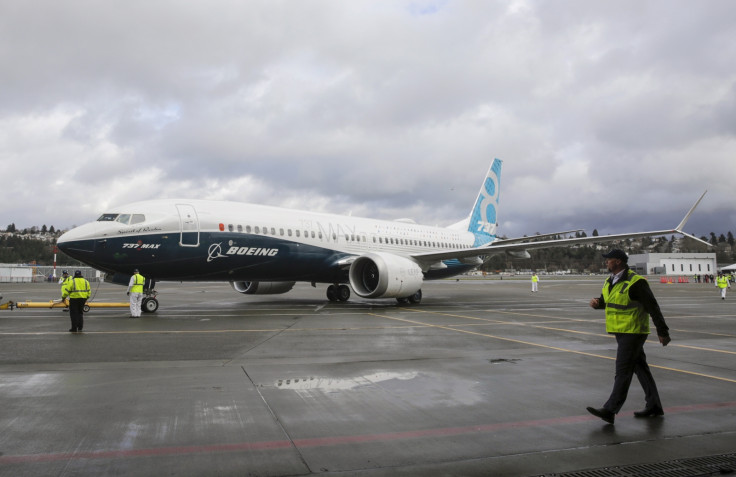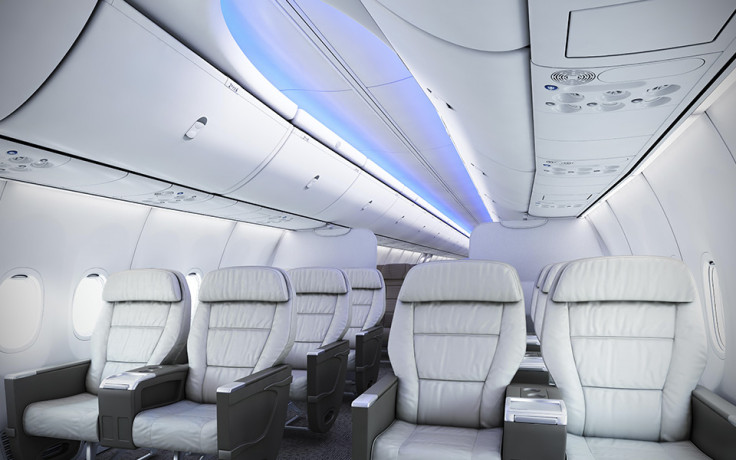Boeing 737 MAX: Everything you need to know about the latest jetliner
The first Boeing 737 MAX will start flying by mid 2017 – what's new and what can it do?

Commercial airlines love the Boeing 737, which is one of the smallest jetliners that aerospace manufacturer Boeing makes, but there are several things about the plane that could be improved, such as its fuel efficiency.
Since everyone likes the size of the plane just fine, instead of designing a completely different jetliner, Boeing has focused on upgrading the 737 to make it better than before, and so the narrow-body twin-engine jet airliner Boeing 737 MAX was born.
Test flights are now underway and the first new planes will be delivered to airlines from May, but for now, join IBTimes UK as we bring you everything you need to know about this exciting new jetliner.
Greater passenger capacity

The Boeing 737 MAX series of planes is similar to the 737-700, -800 and -900ER, which were the bestselling members of the Boeing 737 Next Generation family.
The 737 MAX 7 and the 737 MAX 8 can hold up to 172 passengers, with two more rows than the 737-700. The 737 MAX 200 can seat up to 200 passengers and the 737 MAX 9 can seat 220 passengers, because the aeroplanes come with a much longer fuselage.
Much more fuel efficient

To make the 737 MAX much more fuel efficient, Boeing had designed a winglet that has a split tip, known as the Boeing Advanced Technology (AT) Winglet. On typical commercial jetliners that don't have winglets, the air flow over the tip of each wing is forced back when the plane is travelling at high speed, causing vortices that create lift-induced drag and lower the wing's efficiency.
Boeing has designed a new winglet that features an upper aerofoil (the top part of the winglet) that provides inward, upward and slightly forward lift, while the lower aerofil (the bottom portion of the winglet) is able to generate vertical and slightly forward lift angled away from the fuselage, so the drag is reduced. With smoother airflow, 20% less fuel is needed to propel the aeroplane forward.
Streamlined cabin design

Most single-aisle narrow body jetliners on the market can take 160 passengers, but in order to accommodate 200 seats on the 737 MAX 200, three out of eight galley trolleys have been removed, an extra cabin door has been added and the airframe is 2.2m longer than the 737 MAX's rival, the Airbus A320neo.
The seats and cabin have also been designed with the new Boeing Sky Interior, which is more attractive and less bare-bones than the current Boeing 737. There are larger windows, full-length sculpted sidewalls, lights that emulate the time of day and the airline operator's colours, as well as more comfortable seats.
American Airlines has announced that on its Boeing 737 MAX planes, there won't be any seatback monitors for in-flight entertainment, due to 90% of passengers bringing their own devices on flights. Instead, the carrier will offer free TV shows and movies that can be accessed via the plane's intranet and streamed directly to devices, without requiring the user to pay for a premium Wi-Fi connection.
Able to cope with extreme weather conditions
Landing during a storm, in gale-force winds or in snowy conditions, isn't easy for most jets. When dealing with surface water on runways, larger aeroplanes such as the Airbus A380 or the Boeing 787 Dreamliner tend to cope better and generate less of a splash as they have a much larger wingspan and length than a small aeroplane.
However, Boeing has completely redesigned the 737 MAX landing gear, to the extent that when tested to land in a pool containing over 3,000 gallons of water, the splash that the 737 MAX made during tests in January was much smaller than the original 737, and especially smaller than the much larger planes.
Lots of orders, but they won't be ready for a while
Boeing has been marketing the 737 MAX for the last three years and now has 3,605 orders as of 31 December 2016. The increased demand from low-budget carriers has seen a surge in orders for the single-aisle 737 MAX.
Boeing now has a total of 707 customers for the 737 MAX from at least 21 countries. However, none of the jetliners have yet been delivered – the first units will be delivered to launch partner Norwegian Air Shuttle only in May.
© Copyright IBTimes 2025. All rights reserved.






















